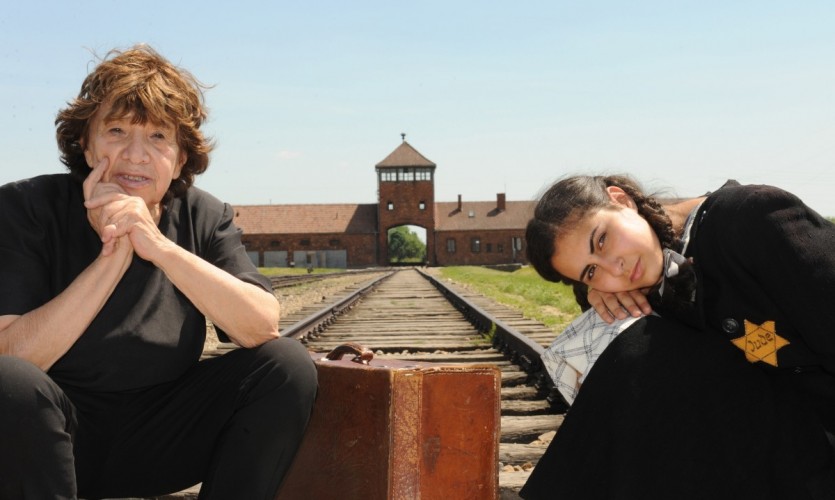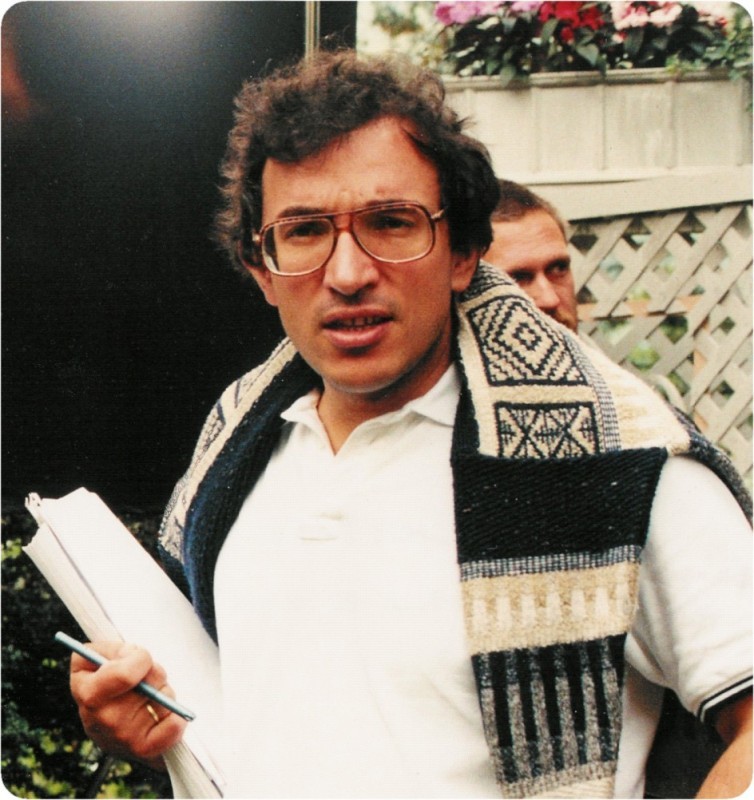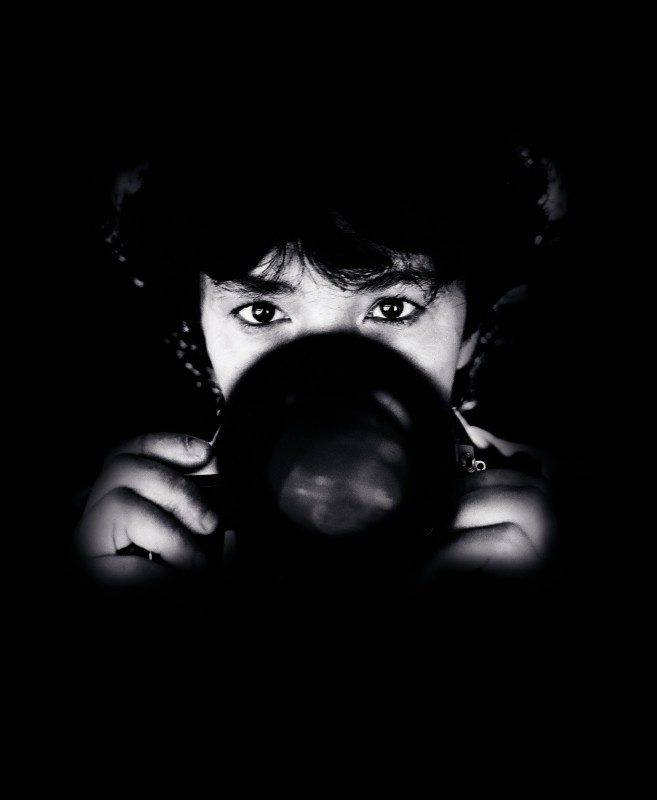
Slovakia’s answer to Bill Cunningham! That may be how some see fit to describe Zuzana Mináčová, the heavily influential photographer whose story is the centre of the new documentary Through the Eyes of the Photographer (Očima Fotografky). That would be understandable, too, if all you knew of her career was the red carpet scene that has taken up her later years as a photographer. It is a career that has made her a mainstay at the Karlovy Vary International Film Festival (where Photographer had its world premiere) where she is shown lugging around her heavy camera and possessing an easy rapport with all of the international celebrities that venture her way even though she speaks nary a word of English.
But that is barely the tip of the iceberg when it comes to Mináčová’s story. And if filmmaker Matej Mináč somewhat hobbles his narrative by nixing the surprise of her early career in favour of a more conventional and chronological narrative, he at least has the sense to focus predominantly on these earlier passages of her life, given they are far and away the more interesting. Interspersed throughout the film are newly filmed dramatic reconstructions of moments from Mináčová’s life and recycled clips from the director’s own 1999 film All My Loved Ones (Všichni moji blízcí), which was inspired in part by Mináčová’s life in the lead-up to WWII.
Oh, and Mináč? He is Mináčová’s son.

Matej Mináč
Mináčová’s story covers a wealth of the most dramatic moments of the 20th century, almost instantaneously making it one of supreme interest – not only did she come of age during WWII, but the majority of her adult life, and the early years of her children, were lived behind the Iron Curtain. Clearly inspired by the life his mother has lived, Mináč allows her to take the reins of the film’s narrative, her infectiously entertaining personality that of a gifted storyteller.
The most interesting element of Photographer is the way it becomes not just a film about Zuzana Mináčová, but a film about the endurance of art and, in particular, cinema. The meta blending of documentary biography and drama recalls the recent Australian documentary The Silences, in which filmmaker Margot Nash set about telling the story of her family, only to realise she has already been inspired by her family, time and time again, in her dramatic filmmaking, using those previous films as an axis to go deeper and broader in The Silences than she previously had.
The way Mináč has integrated his old film and reconstructions is important. I choose to see the lack of flash and overt style within Mináč’s direction as a deliberate ploy to juxtapose the inflation of dramatic cinema with the realities we see in a documentary. He uses this chasm of style between the plainness of the documentary and the glossiness of the reconstructions and his use of All My Loved Ones to comment on the way filmmakers have often used the medium of film to tell stories of war as elegant, fussily recreated prestige pictures when the reality was nothing of the sort.

Through the Eyes of the Photographer
These clips work as a visual hook that makes Through the Eyes of the Photographer a more cinematic experience, sure, but they also highlight the fact that the life we live is often devoid of the many things that make film ‘work’. These stories, for the people who lived them, often were not the glamourous affairs cinema tells us they are, and it is the documentarian’s job to deconstruct that fallacy. When Zuzana tells of how she came to find herself remaining under the Soviet Union, for instance, it’s a story so ordinary that you could never make a movie out of it (and if they did it would be more fiction than fact), but as told by this 85-year-old woman, it’s fascinating and remarkable. This is the power of documentary filmmaking and its ability to tell the truth of history in ways that dramatic cinema never could.
This link to cinema is only furthered by Mináčová herself who routinely discusses her fondness for motion pictures and her presence throughout the history of Slovak cinema. At one point she visits the Slovak film industry offices and finds that, for all its canisters of film prints, it’s still smaller than her own apartment. She also shares stories of her affections for actor, screenwriter and director Josef Mach, of whom she was a big fan.
Even if the later passages of the film that cover her time with the Karlovy Vary International Film Festival veer into generic tribute mode, the chance to hear this woman tell her story is an often memorable one. Amid the celebrities and the spitfire old lady antics, there appears to be a real effort to re-evaluate the role of documentary filmmaking in the context of history. Documentary filmmaking is often ignored, an unglamorous sidebar to the film-going experience that many consider to be little more than glorified television. But the personal angle that Mináč brings to Through the Eyes of the Photographer is something no dramatic narrative film can recreate and it’s what makes his movie one worth seeking.
Through the Eyes of the Photographer screens at CaSFFA on Monday, 19 September at 6.30pm.










